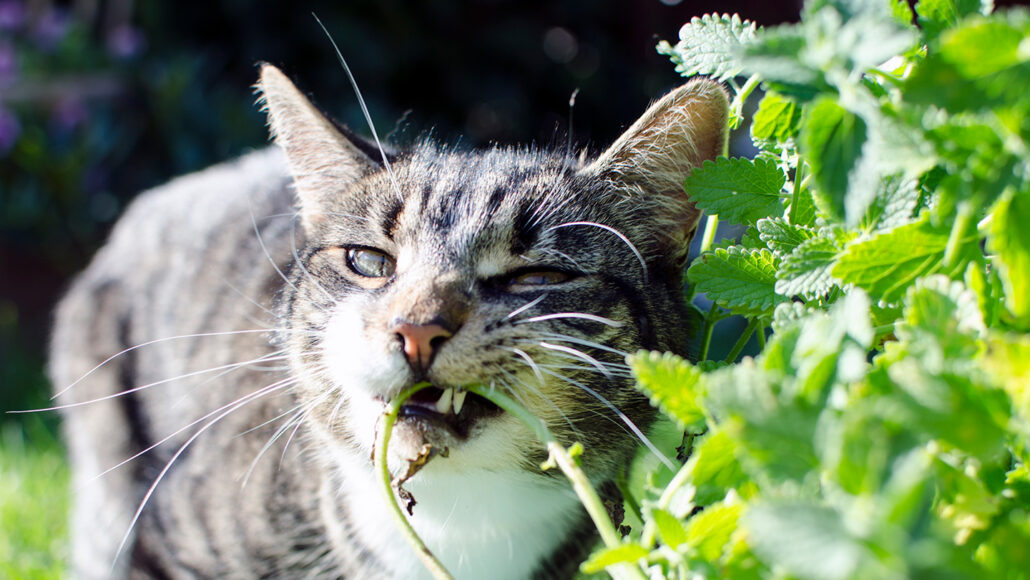biologist: A scientist involved in the study of living things.
bug: The slang term for an insect. Sometimes it’s even used to refer to a germ. (in computing) Slang term for a glitch in computer code, the instructions that direct the operations of a computer.
chemical: A substance formed from two or more atoms that unite (bond) in a fixed proportion and structure. For example, water is a chemical made when two hydrogen atoms bond to one oxygen atom. Its chemical formula is H2O. Chemical also can be an adjective to describe properties of materials that are the result of various reactions between different compounds.
compound: (often used as a synonym for chemical) A compound is a substance formed when two or more chemical elements unite (bond) in fixed proportions. For example, water is a compound made of two hydrogen atoms bonded to one oxygen atom. Its chemical symbol is H2O.
data: Facts and/or statistics collected together for analysis but not necessarily organized in a way that gives them meaning. For digital information (the type stored by computers), those data typically are numbers stored in a binary code, portrayed as strings of zeros and ones.
defense: (in biology) A natural protective action taken or chemical response that occurs when a species confronts predators or agents that might harm it. (adj. defensive)
deter: An event, action or material that keeps something from happening. For instance, a visible pothole in the road will deter a driver from steering his car over it.
insect: A type of arthropod that as an adult will have six segmented legs and three body parts: a head, thorax and abdomen. There are hundreds of thousands of insects, which include bees, beetles, flies and moths.
iridoid: A type of oily, terpene-based chemical produced by many plants. Many have a bitter taste and effectively offer plant leaves a defense against being eaten by insects and birds. Such chemicals also have been used directly or as a model for drugs to treat cancer and other diseases.
species: A group of similar organisms capable of producing offspring that can survive and reproduce.
synthetic: An adjective that describes something that did not arise naturally, but was instead created by people. Many synthetic materials have been developed to stand in for natural materials, such as synthetic rubber, synthetic diamond or a synthetic hormone. Some may even have a chemical makeup and structure identical to the original.









